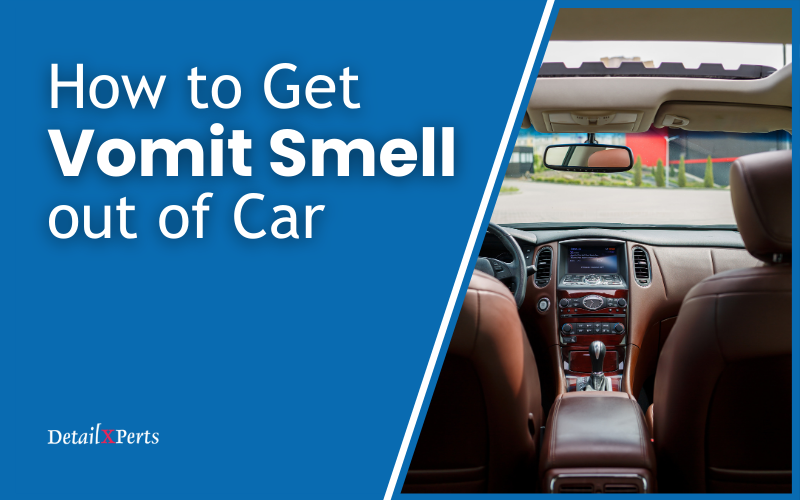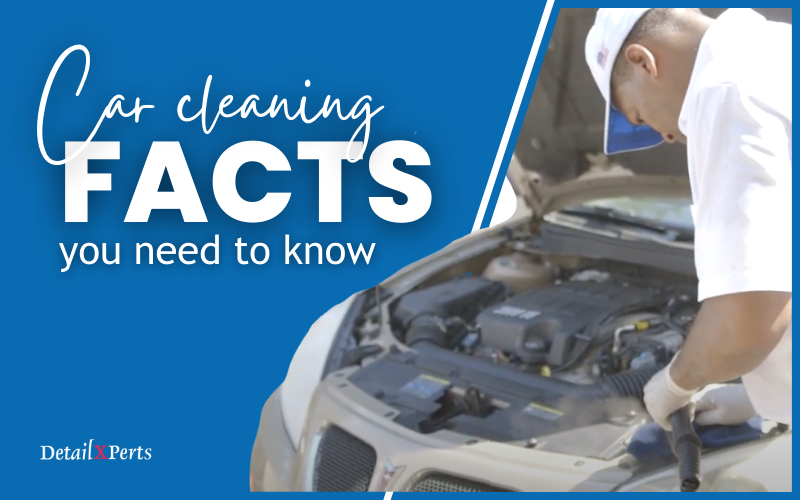A car polisher, also known as a buffer, is one of the most important tools that you would own as an auto detailing enthusiast. But before using this tool, equipping oneself with proper knowledge is very important if it is to be used without causing damage to the vehicle or causing any accidents to the handler. Here are some useful tips on how to use it properly.
There are different types of polishers available in the market, such as the dual action polisher (also known as random orbital polisher) and the rotary buffer. The former is easier to handle, hence recommended for less experienced detailers. The rotary buffer, on the other hand, is perfect for leveling out deep paint scratches and swirls but improper handling can cause great damage to the paint. So it is always best to know your limits before trying on an auto detailing equipment for DIY projects.
Tips for the proper use of a car polisher
1. Clean the vehicle properly before using the polisher – Preparing the surface is the first thing you should do before attempting to use the polisher.. Imagine the damage buffing an unclean surface can cause! If any dirt, sand and grit, etc. are left on the surface and they get on to the applicator pads, they will cause more paint scratches.
2. Always use low to medium speed settings – Despite the type of car polisher you may be using, it is important to use low speed. Start with a very low speed and then gradually increase it, but don’t use dangerously high speed settings. A higher speed is required only when working with deep scratches.
3. Control the pressure – If you are doing light paint corrective work, use a light touch on the polisher. The rotary buffer especially depends on the speed rather than pressure to do a good job. If your work involves buffing deeper scratches, then applying firm pressure maybe necessary.
4. Work in sections – Always work in small sections. Make sure you are fully satisfied with the results before moving on to the next section.
5. Using a rotary buffer – The rotary buffer is a very powerful tool. It is ideal for removing deep paint scratches, swirls, and oxidation. This is possible because of the high heat produced by the spinning pad. Hence, the buffer should always be kept in motion (overlapping left to right and up and down motions) to prevent from it burning the paint. This could happen in a matter of seconds, so your undivided attention has to be given to the task at hand.
6. Using a dual action polisher – A dual action car polisher is ideal for buffing out light scratches on the clear coat. It does not produce a very strong heat as the rotary buffer, so the chance for paint damage is not as high.
7. For maximum results…Use quality polishing products and applicator pads. Also don’t forget to shop for one that is most suitable for your needs. You should also have microfiber towels at hand to wipe away any residue, since a layer of the paint is being shaved off during this polishing process. Clean the applicator pads properly if you wish to reuse them because residue can cause damage to the paint the next time you use them.
Practice will make your buffing skills perfect, so if possible, buy/borrow a hood or panel from a junkyard and use the equipment on it first before using it on your vehicle.
We are constantly updating our blog with paint care and maintenance news and information. Subscribe to our monthly newsletter to receive them directly to your email.
Enjoyed this post? Sign up for our newsletter to receive more valuable tips, ideas, coupons, and extras!





